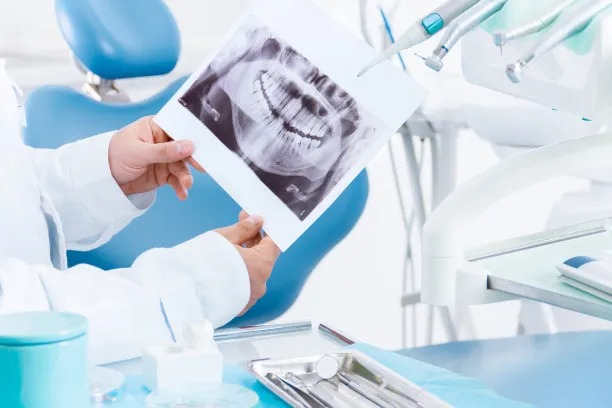Understanding the Process and Importance of Extracting a Tooth in Dental Care
Summary: Tooth extraction is a common dental procedure that serves essential roles in oral health. Understanding the reasons, methods, and aftercare associated with tooth extraction is crucial for patients and dental professionals alike. This article explores the reasons for tooth extractions, the step-by-step procedure involved, the recovery process, and the importance of follow-up care. By delving into these areas, we can better appreciate dental cares holistic nature while emphasizing the role of extractions in promoting overall dental health.
1. Reasons for Tooth Extraction in Dental Care

Tooth extractions can occur for various reasons, making it a significant aspect of dental care. One common reason is dental decay, where cavities compromise the integrity of the tooth. When decay penetrates deeply, and the tooth cannot be saved through restorative procedures like fillings or crowns, extraction becomes necessary to prevent further infection.
Another reason for tooth extraction is periodontal disease. This condition affects the gums and surrounding structures, often leading to tooth mobility. When teeth become loose due to advanced periodontal disease, extraction might be the best option to safeguard neighboring teeth and maintain gum health.
Lastly, overcrowding can necessitate tooth extractions, especially in orthodontic treatments. When there isnt enough space in the mouth for teeth to align correctly, dentists may extract certain teeth to create sufficient room for proper alignment, improving both aesthetics and functionality.
2. The Tooth Extraction Procedure Explained
The tooth extraction procedure typically begins with a thorough examination and imaging to understand the tooths condition. Once the diagnosis is confirmed, the dentist will apply local anesthesia to numb the area, ensuring the patient is comfortable during the procedure.
After the anesthesia takes effect, the dentist uses specialized instruments to loosen the tooth from its socket. This process may vary depending on whether the tooth is impacted or fully erupted. For impacted teeth, additional techniques may be required, such as removing surrounding bone or cutting the tooth into smaller pieces.
Once the tooth is removed, the dentist will provide instructions for care during the healing process. This may include steps to manage bleeding and recommendations for pain relief. Understanding this procedure prepares patients for what to expect and reduces anxiety surrounding the extraction.
3. Recovery Process After Tooth Extraction
The recovery process following a tooth extraction is crucial for ensuring proper healing and minimizing complications. After the procedure, patients may experience swelling and mild discomfort, which can often be managed with prescribed medication or over-the-counter pain relievers.
Patients should be advised to follow specific post-operative instructions, such as avoiding straws and limiting physical activity for a few days. This helps to prevent dislodging the blood clot that forms in the extraction site, which is essential for healing.
Moreover, maintaining proper oral hygiene is necessary even after an extraction. Gentle rinsing with warm salt water can help keep the extraction site clean. Regular follow-ups with the dentist are essential to monitor the healing progress and address any potential issues early on.
4. Importance of Follow-Up Care in Dental Health
Follow-up care after a tooth extraction plays a significant role in the overall success of the procedure. These appointments allow the dentist to assess the healing process and ensure that no complications, such as infection, have arisen. Timely follow-ups enable early detection of issues, making interventions easier and more effective.
Furthermore, these visits provide an opportunity for dentists to guide patients in maintaining good oral hygiene habits. This education is crucial, especially after an extraction, as patients may be prone to changes that can impact their dental health.
In addition, follow-up care allows patients to discuss options for tooth replacement, should they desire it. Whether its a dental implant, bridge, or partial denture, making informed decisions about replacing extracted teeth is key to optimizing overall oral function and aesthetics.
Summary:
Tooth extraction is a vital procedure in dental care, serving various purposes that range from treating decay to facilitating orthodontic adjustments. Understanding the extraction process, recovery, and importance of follow-up ensures patients can navigate their dental journey with confidence and care. By taking appropriate measures, individuals can foster better oral health and maintain a beautiful smile.
This article is compiled by Vickong Dental and the content is for reference only.


